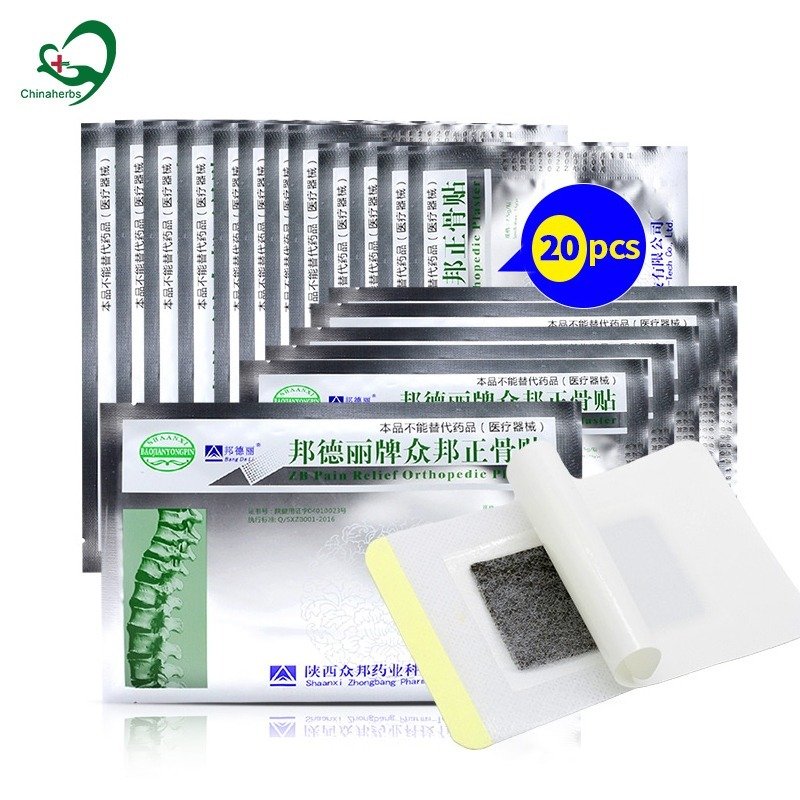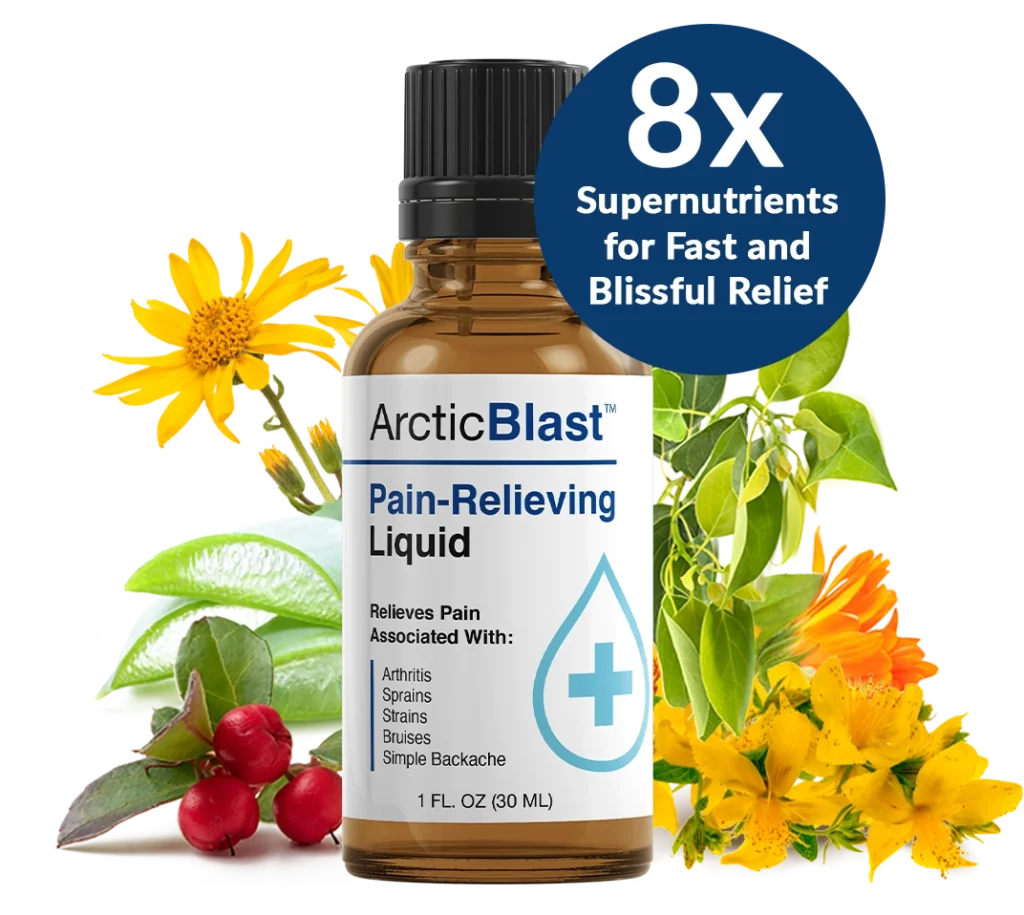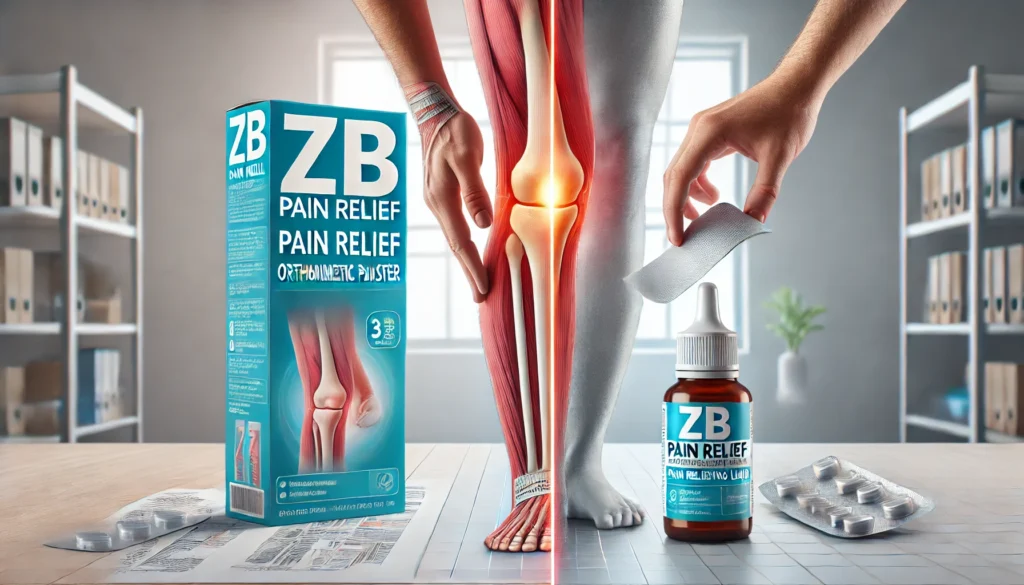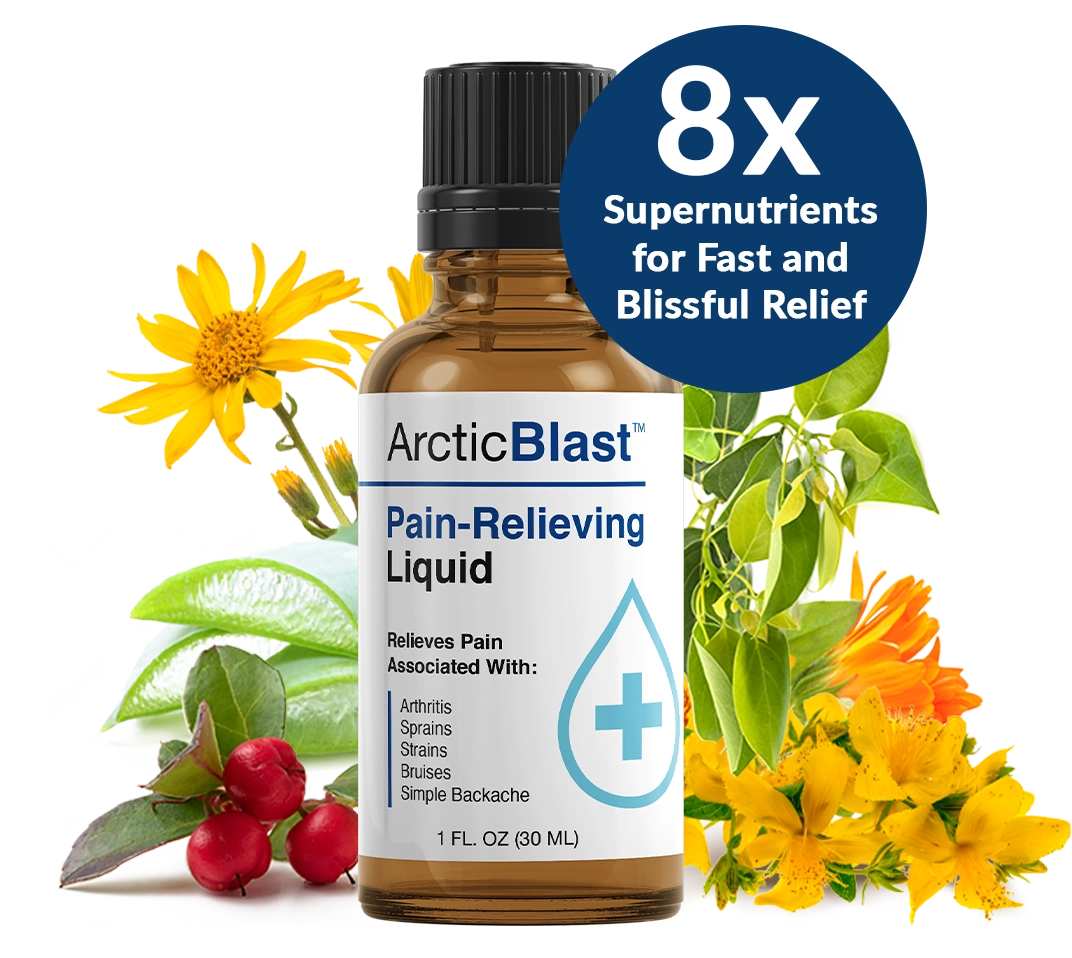Introduction
Pain management remains one of the most sought-after solutions in healthcare today, with millions seeking effective relief from muscle strains, joint pain, arthritic discomfort, and post-injury recovery. Among the various topical pain relief options available, orthopedic plasters and liquid pain relievers represent two distinct approaches to addressing localized pain. This comprehensive guide examines ZB Pain Relief Orthopedic Plaster and pain relieving liquids, providing an in-depth analysis of their effectiveness, applications, benefits, and limitations to help you make an informed decision about which solution might better address your specific pain management needs.
/
Table of Contents
Understanding ZB Pain Relief Orthopedic Plaster

What Is ZB Pain Relief Orthopedic Plaster?
ZB Pain Relief Orthopedic Plaster represents a modern evolution of traditional medicinal patches. These adhesive plasters are designed to be applied directly to the skin over painful areas, delivering active ingredients through transdermal absorption. The “ZB” formulation typically contains a proprietary blend of natural and synthetic pain-relieving compounds designed specifically for orthopedic conditions.
How Does ZB Orthopedic Plaster Work?
ZB plasters function through several mechanisms:
- Transdermal medication delivery – The active ingredients gradually penetrate the skin to reach underlying tissues.
- Extended release technology – The adhesive matrix is engineered to provide sustained release of medicinal compounds over several hours.
- Heat activation – Many orthopedic plasters generate mild warming sensations that increase blood circulation to the affected area.
- Physical support – The plaster itself provides mild compression and stabilization to injured areas.
Active Ingredients Commonly Found in ZB Orthopedic Plasters
While formulations may vary, ZB Pain Relief Orthopedic Plasters typically contain:
- Methyl salicylate – A topical analgesic related to aspirin
- Menthol – Creates cooling sensation and mild pain relief
- Camphor – Provides counterirritant effects and mild anesthesia
- Capsaicin – Derived from chili peppers, blocks pain signals
- Herbal extracts – May include traditional medicinal herbs like ginger, turmeric, or frankincense
Understanding Pain Relieving Liquids

What Are Pain Relieving Liquids?
Pain relieving liquids encompass a broad category of topical solutions including gels, sprays, roll-ons, and liquid balms designed for external application to painful areas. These formulations are typically transparent or translucent, easily spreadable, and designed for rapid absorption.
How Do Pain Relieving Liquids Work?
These products typically function through:
- Rapid absorption – The liquid vehicle allows active ingredients to quickly penetrate the skin
- Cooling effect – Many contain menthol or alcohol that creates an immediate cooling sensation
- Anti-inflammatory action – Some contain NSAIDs or natural anti-inflammatory compounds
- Vasodilation or vasoconstriction – Depending on formulation, may increase or decrease blood flow to affected areas
Common Active Ingredients in Pain Relieving Liquids
Popular pain relieving liquids often contain:
- Diclofenac – A non-steroidal anti-inflammatory drug (NSAID)
- Lidocaine/benzocaine – Topical anesthetics
- Menthol – Provides cooling sensation
- Arnica extract – Natural anti-inflammatory
- Essential oils – Including eucalyptus, peppermint, or clove for analgesic effects
Pros of ZB Pain Relief Orthopedic Plaster
1. Extended Duration of Action
One of the most significant advantages of ZB orthopedic plasters is their longevity. A single application can provide:
- 8-12 hours of continuous relief – Ideal for overnight pain management
- Steady medication delivery – Avoids the peaks and valleys of reapplication
- Convenience for busy lifestyles – Apply once and continue with daily activities
2. Targeted Precision
ZB plasters offer precise application benefits:
- Exact placement over pain points – Particularly useful for joint pain or specific muscle groups
- No risk of spreading to unintended areas – Unlike liquids that can run or transfer
- Concentrated delivery to affected tissues – Maximizes effectiveness where needed most
3. Physical Support Component
Beyond medication delivery, plasters provide:
- Mild compression – Helps reduce swelling and provides proprioceptive feedback
- Joint stabilization – Particularly beneficial for wrist, knee, or ankle pain
- Protection of injured areas – Acts as a barrier against external irritants
4. Clean and Convenient Application
Practical advantages include:
- No mess or residue – No sticky or oily residue on hands or clothing
- Discreet under clothing – Can be worn invisibly under most garments
- No hand washing required after application – Apply and continue with activities
5. Consistent Dosing
ZB plasters provide:
- Predetermined medication quantity – Eliminates guesswork about how much to apply
- Even distribution – Consistent coverage across the treatment area
- Controlled release technology – Prevents sudden surges of medication
Cons of ZB Pain Relief Orthopedic Plaster
1. Limited Flexibility for Body Contours
Challenges with plaster application include:
- Difficulty conforming to complex joints – May wrinkle or detach from highly mobile areas
- Size limitations – Pre-cut dimensions may not perfectly match the treatment area
- Reduced effectiveness if not fully adhered – Edges lifting can compromise medication delivery
2. Skin Irritation and Allergic Reactions
Potential skin issues include:
- Adhesive sensitivity – Some users develop reactions to the adhesive components
- Trapped moisture – Extended wear can lead to skin maceration, especially in humid conditions
- Limited breathability – May cause heat rash or folliculitis in some users
3. Delayed Onset of Action
Timing considerations include:
- Slower initial relief – May take 30-60 minutes to begin feeling effects
- Gradual building of therapeutic levels – Not ideal for acute, severe pain requiring immediate relief
- Heat activation time – Some plasters require body heat to fully activate
4. Cost Considerations
Financial aspects include:
- Higher per-application cost – Generally more expensive than liquid alternatives
- Single-use design – Cannot be reused or shared between treatment areas
- Potential waste – Oversized plasters may use more medication than necessary for small areas
5. Environmental Impact
Sustainability concerns include:
- Non-recyclable materials – Most plasters combine multiple materials that cannot be separated for recycling
- Single-use plastic backing – Contributes to plastic waste
- Chemical adhesives – May contain environmentally persistent compounds
Pros of Pain Relieving Liquids
1. Rapid Onset of Action
Speed advantages include:
- Quick absorption – Effects can begin within minutes of application
- Immediate cooling or warming sensation – Provides psychological relief even before therapeutic effects begin
- No waiting period – Ideal for sudden onset pain or acute injuries
2. Versatile Application
Adaptability benefits include:
- Adjustable coverage area – Can treat large or irregularly shaped regions
- Customizable dosing – Apply more or less based on pain severity
- Adaptable to any body contour – Easily works for complex joints or curved surfaces
3. Non-Adhesive Formula
Skin-friendly aspects include:
- No pulling on skin or hair during removal – More comfortable for hairy areas or sensitive skin
- Reduced risk of mechanical skin irritation – No adhesive-related dermatitis
- Option to layer with other treatments – Can be used under or over other therapies
4. Cost-Effectiveness
Economic benefits include:
- Lower cost per application – Generally more economical than plasters
- Multiple treatments per container – One bottle provides numerous applications
- Precise application control – Use only what’s needed, reducing waste
5. Massage Incorporation
Therapeutic advantages include:
- Application process provides massage benefit – Rubbing in the liquid adds manual therapy
- Enhanced blood flow from application – The rubbing action itself can promote circulation
- Deeper tissue penetration – Massage helps deliver active ingredients to deeper structures
Cons of Pain Relieving Liquids
1. Shorter Duration of Effectiveness
Temporal limitations include:
- Typically 2-4 hours of relief – Requires more frequent reapplication
- Inconsistent concentration over time – Effectiveness may diminish as product absorbs or evaporates
- Inconvenient for overnight relief – May require waking to reapply
2. Messiness and Transfer Issues
Practical challenges include:
- Potential for staining clothes – Especially oil-based formulations
- Transfer to unintended surfaces – Can rub off on furniture, bedding, or clothing
- Residue on hands after application – Requires washing afterward
3. Imprecise Application
Dosing challenges include:
- Difficult to control exact amount – Risk of under or over-application
- Spreading beyond intended area – May affect surrounding healthy tissues
- Inconsistent coverage – May apply too much in some areas, too little in others
4. Skin Sensitivities
Dermatological concerns include:
- Alcohol content can dry skin – Potentially problematic for repeated use
- Potential for contact dermatitis – Especially with more potent active ingredients
- Incompatibility with broken or damaged skin – Many formulations sting on cuts or abrasions
5. Storage and Portability Issues
Logistical disadvantages include:
- Risk of leakage during travel – Package integrity concerns
- Temperature sensitivity – Some formulations separate or degrade in extreme temperatures
- Evaporation of active ingredients – Reduced efficacy if not properly sealed
Comparative Analysis: When to Choose Each Option
Best Scenarios for ZB Pain Relief Orthopedic Plaster
ZB orthopedic plasters excel in these situations:
- Overnight pain management – Apply before bed for consistent relief throughout sleep
- Joint-specific pain – Particularly effective for knees, elbows, and other specific joint structures
- During work or extended activities – When reapplication would be inconvenient
- Situations requiring discretion – Hidden under clothing with no odor or visible indication
- When additional support is beneficial – Combines medication with physical stabilization
Best Scenarios for Pain Relieving Liquids
Pain relieving liquids are superior in these contexts:
- Immediate relief needs – When pain requires rapid intervention
- Large area treatment – For covering extensive regions like the entire lower back
- Irregularly shaped pain patterns – For pain that doesn’t conform to standard plaster shapes
- Combined with physical therapy – When massage is part of the treatment approach
- Sensitive skin concerns – For those with adhesive allergies
Clinical Evidence and Efficacy Comparisons
Research on Transdermal Pain Relief
Scientific studies have investigated both delivery methods:
- A 2022 systematic review found that medicated plasters provided more consistent blood levels of active ingredients compared to liquid applications
- Liquid formulations typically showed faster initial onset but shorter overall duration of action
- Patient compliance was higher with plasters in studies looking at arthritis management, likely due to reduced application frequency
Efficacy for Specific Conditions
Research indicates different effectiveness profiles:
Arthritis Pain
- Plasters: Better for chronic, persistent joint pain
- Liquids: Superior for acute flare-ups with associated inflammation
Muscle Strains
- Plasters: More effective for stabilizing strained muscles during daily activities
- Liquids: Better for immediate post-injury pain when combined with massage
Nerve-Related Pain
- Plasters: More effective for consistent management of neuropathic pain
- Liquids: Mixed results, but some formulations with specific nerve-targeting compounds show promise
User Experience Considerations
Lifestyle Compatibility
How each option fits into daily life:
- ZB Plasters: Better for active individuals needing all-day relief without reapplication
- Liquids: More suitable for home use where reapplication is convenient
Sensory Experience
Different physical sensations:
- ZB Plasters: Provides steady, consistent sensation; some users report comforting awareness of the plaster’s presence
- Liquids: Offers immediate intense sensation (cooling/warming) that gradually diminishes
Ease of Use Across Age Groups
Accessibility considerations:
- ZB Plasters: May be challenging for elderly users with dexterity issues to apply correctly
- Liquids: Easier application for those with limited hand strength but requires more frequent use
Making the Right Choice: Decision Framework
Pain Characteristics Assessment
Consider these pain factors:
- Duration: Chronic vs. acute pain
- Intensity: Severe vs. mild discomfort
- Pattern: Constant vs. intermittent pain
- Location: Joint-specific vs. diffuse muscular pain
Personal Factors to Consider
Individual preferences matter:
- Skin sensitivity history: Previous reactions to adhesives or topical medications
- Daily activity level: How movement might affect adherence or reapplication needs
- Budget considerations: Cost per day of effective relief
- Environmental concerns: Importance of eco-friendly options
Conclusion: Creating Your Optimal Pain Management Strategy

The choice between ZB Pain Relief Orthopedic Plaster and pain relieving liquids ultimately depends on your specific pain profile, lifestyle needs, and personal preferences. Many users find that maintaining both options in their pain management toolkit provides the most comprehensive approach, using plasters for sustained, overnight, or on-the-go relief, while keeping liquid formulations available for immediate relief and large area coverage.
For optimal results, consider consulting with a healthcare provider who can recommend specific products and application methods tailored to your condition. Remember that topical pain relief represents just one component of a comprehensive pain management strategy, which may also include appropriate exercise, physical therapy, proper body mechanics, and addressing underlying causes of pain.
Whether you choose ZB Pain Relief Orthopedic Plaster, pain relieving liquids, or a strategic combination of both, the key to successful pain management lies in finding the approach that best fits your unique needs and consistently applying it as part of your overall wellness routine.
Frequently Asked Questions
Q: Can ZB Pain Relief Orthopedic Plaster and pain relieving liquids be used together?
A: Yes, many patients use both products complementarily. For example, applying a liquid for immediate relief, then placing a plaster for extended duration once the liquid has dried. Always ensure the first product has fully absorbed before applying the second to avoid diluting effectiveness.
Q: Are these products safe for pregnant women?
A: Always consult with your healthcare provider before using any pain relief products during pregnancy. Some active ingredients in both plasters and liquids may have contraindications during pregnancy.
Q: How do I know if I’m allergic to these products?
A: Consider performing a patch test by applying a small amount to your inner forearm and monitoring for 24 hours. Signs of allergic reaction include redness, itching, burning sensation, or rash. Discontinue use and consult a healthcare provider if these occur.
Q: Can these products be used on children?
A: Most manufacturers do not recommend these products for young children. For older children, consult with a pediatrician for age-appropriate pain management solutions and always use products specifically formulated for pediatric use.
Q: Do these products interact with oral medications?
A: While topical applications generally have minimal systemic absorption, some active ingredients may interact with oral medications. Consult with your pharmacist or physician, especially if you take blood thinners, heart medications, or other prescription drugs.
Transformative Power of Physical Healing: Embrace Wellness Through Sacred Rituals

